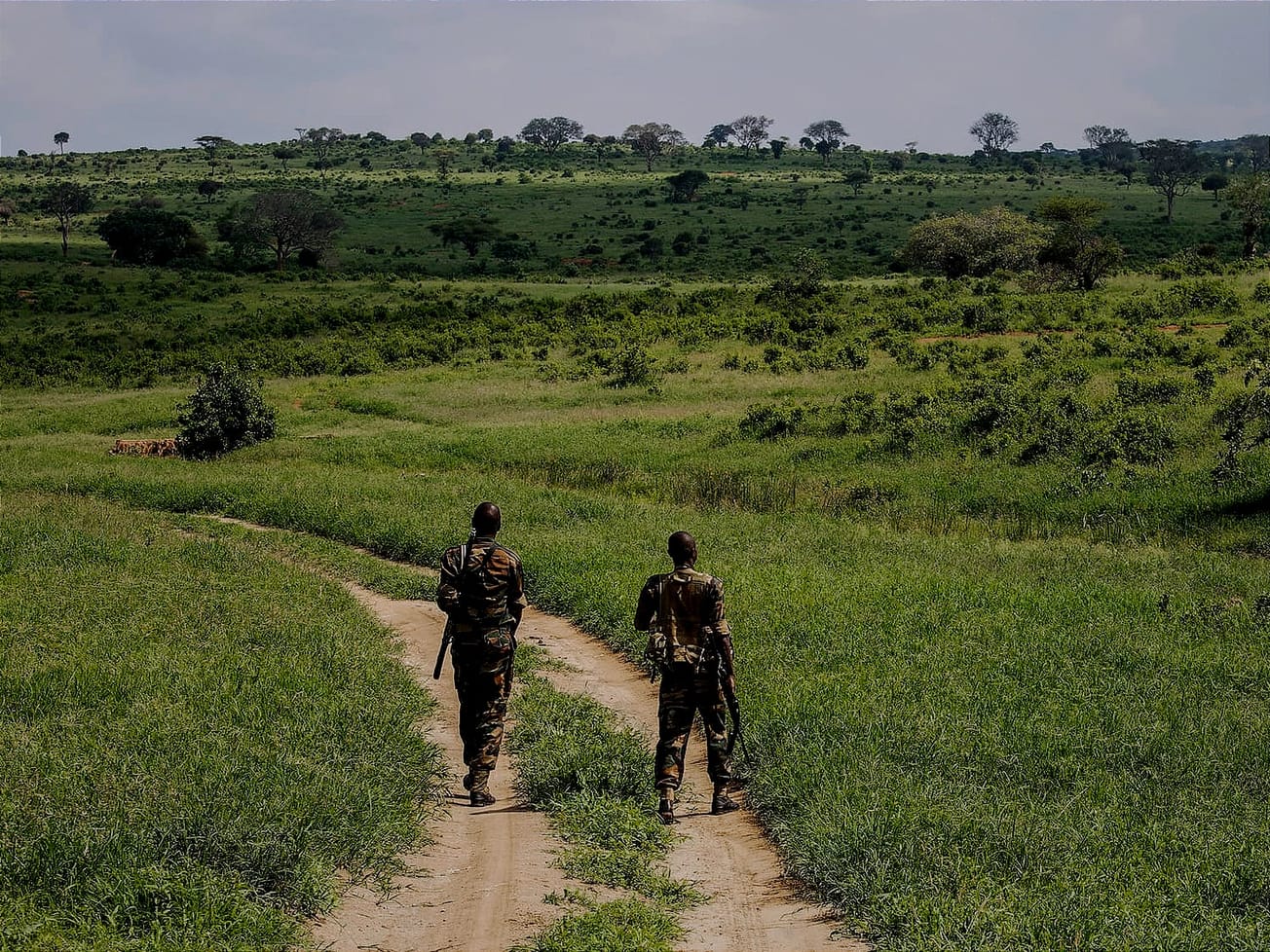Global wildlife crime – mostly trade in endangered species – extends to at least 83% of the world's countries and territories, a new U.N. report finds.
The World Wildlife Crime Report on Monday shows just how widespread wildlife crime remains globally. Among the 162 countries and territories with illegal wildlife seizures from 2015 to 2021, authorities targeted traffickers attempting trades involving 4,000 plant and animal species.









